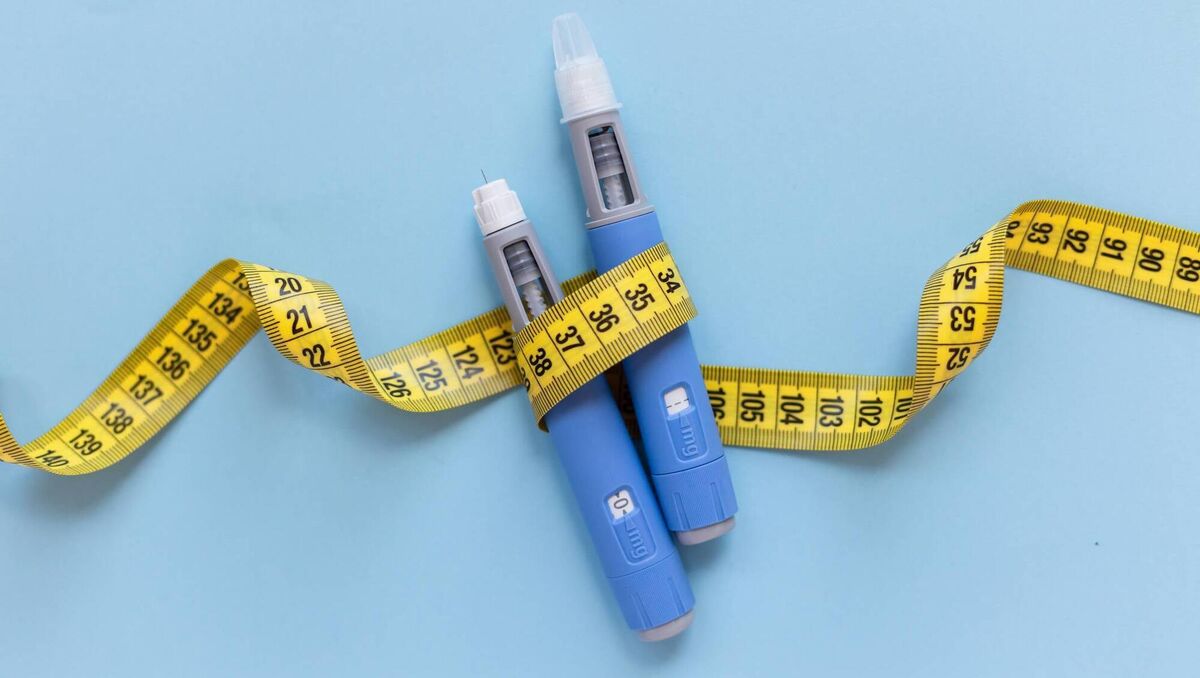Catherine Conlon: Drop in US junk food sales the break we need to cut unhealthy diets

While not yet in quite the same league as the US, in Ireland almost half (45.9%) of household purchases come from ultra-processed food resulting in one of the unhealthiest food systems in Europe. File picture
Our food system is killing us. Designed to produce cheap calories after the second world war, it is now the cause of one in four adult deaths globally – more than 12 million a year that are due to poor diets.
As always, it is the poorest and most marginalised who are most likely to be sicker and die sooner.
But a slowdown in sales of snack foods in the US is an opportunity to accelerate a growing momentum away from unhealthy foods that have precipitated a global obesity crisis and an epidemic of chronic disease including type 2 diabetes, cardiovascular disease and cancer.
The introduction of a junk food tax that is used to subsidise the cost of healthier food options like fruit and vegetables, fresh meat, fish and wholegrains has the potential to accelerate this momentum. It could also be used to support producers of whole foods.
The combination of supports would have the potential to transform the food market and make life easier and better for everyone.
A report in the confirms that America’s appetite for snacks is turning sour. Biscuits, chocolate bars and crisps are being left on the shelves as US consumers tighten their purse strings, according to grocery scanner tracker Circana.

The sale of sweet treats has fallen by 6.1% and salty snacks by 1.2% in the US in the last year, according to checkout data collected by NielsenIQ.
The shift has also been underpinned by the arrival of GLP-1 weight-loss drugs, such as Ozempic as well as increasing concern about the health risks of eating ultra-processed foods. US Consumer goods industry consultancy, Big Chalk Analytics, estimate that GLP-1 medications has already caused US grocery losses of between 1.2 and 2.9%.
Nik Modi, a consumer goods analyst at RBC Capital Markets, told the that he believed "a big chunk" of the sales decline was down to "the economy".
The snacks being hardest hit are reported to be those that are laden with salt and sugar while healthier alternatives like nutrition bars and yogurts are growing, according to market research firm Spins. US consumer staples analyst at Bank of America, Peter Galbo suggested that with budgets under pressure consumers were tending to either spend more for a snack they see as healthier or trade down to a value brand.
Governments can use taxation, laws on marketing, labelling, advertising and ingredients and other policies to shift the food environment. They can provide social and economic safety nets for low-income communities.
Yet the rate of progress in implementing these policy levers is excruciatingly slow because policy makers do not feel they have the public mandate to introduce the steps that are needed. And because the food industry will baulk at anything that impacts on shareholder profit.
Research from Northeastern University’s Network Science Institute indicates that almost three quarters (73%) of the US food supply is ultra-processed, as is around 60% of the average American’s diet. The study defined ultra-processed according to the NOVA food classification system.
While not yet in quite the same league as the US, in Ireland almost half (45.9%) of household purchases come from ultra-processed food resulting in one of the unhealthiest food systems in Europe. Only the UK (50.7%) and Germany (46.2%) are higher with countries at the lower end including Portugal (10.2%), Italy (13.4%) and Greece (13.7%), according to data published in Public Health Nutrition (2018).
Yet we somehow accept this as normal.
A recent UK report found that a basket of healthy food costs more than double that of less healthy options. The Food Foundation found that 1,000 calories of healthy food such as fruit and veg costs £8.80 compared to £4.30 for the equivalent amount of less healthy food, such as ready meals and processed meats.
The charity warned that low-income families are being priced out of being able to afford to eat healthily. What would really make a difference is for governments to disincentivise unhealthy foods while using subsidies and pricing to incentivise healthier food purchases for all, especially low income households and families.
Subsidies for healthy food - including fruit and vegetables but also meat, fish, and wholegrains - would mean that consumers pay less for whole foods instead of calorie dense foods that have had all the healthy fibre and nutrients removed to prolong shelf life and filled with saturated fat, sugar, salt and additives to give the food the ‘bliss’ factor that consumers crave.
We have seen this work with the sugary drinks tax, introduced in Ireland and the UK in 2018, resulting in a precipitous drop in the consumption of drinks that fell into the tax band. It was followed by a rapid response from the industry in reformulating drinks products to ensure that sugar levels fell below levels that would fall into the tax band.
In 2023, Colombia did just that with the implementation of a tax on ultra-processed foods – one of the first countries to take such a measure to tackle obesity, diabetes and other lifestyle diseases.
The tax is being implemented gradually beginning at 10%, before rising to 15% in 2024 and 20% in 2025 – specifically targeting foods that are high in salt and saturated fat, as well as industrially manufactured pre-packaged foods.
Foods to fall under the ‘junk food law’ include sausages, ham, ketchup, tinned foods, sweets, jam, fried goods, biscuits, cakes, cereals, pizza, breaded meat and energy bars.
Imagine if consumers on a budget passed along the aisle and sought cheaper whole foods like fresh meat, fish, eggs, wholegrains, fruit and vegetables.
A junk food tax could also be directed towards producers to subsidise the production of healthy food locally, allowing producers to make a living from growing foods that would be used to supply local retailers, markets and school programmes, as well as other public institutions that provide food like hospitals, nursing homes, prisons and public services.
This is not rocket science. It involves much more than platitudes and empty words.
It would involve a commitment by policy makers to address rising levels of food poverty, obesity, and chronic disease across our society that is caused by a lack of access and affordability to one of the most basic of human needs – healthy whole foods.
- Dr Catherine Conlon is a public health doctor in Cork and former director of human health and nutrition, safefood





